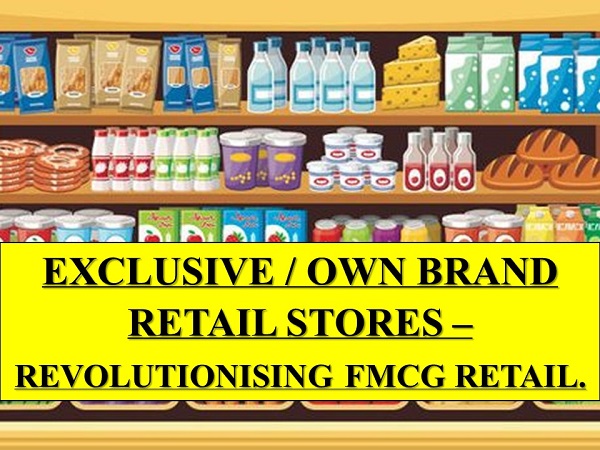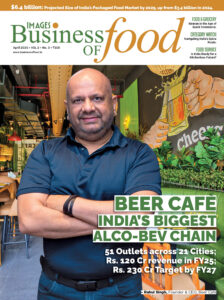Navigating the competitive landscape of Fast-Moving Consumer Goods (FMCG), especially in packaged foods, presents a constant challenge: Reaching consumers effectively with new products. With companies rapidly launching innovations to capture market share, securing shelf space in Traditional Retail and affording placements in Modern Trade has become increasingly difficult and costly. To address these challenges, FMCG…




